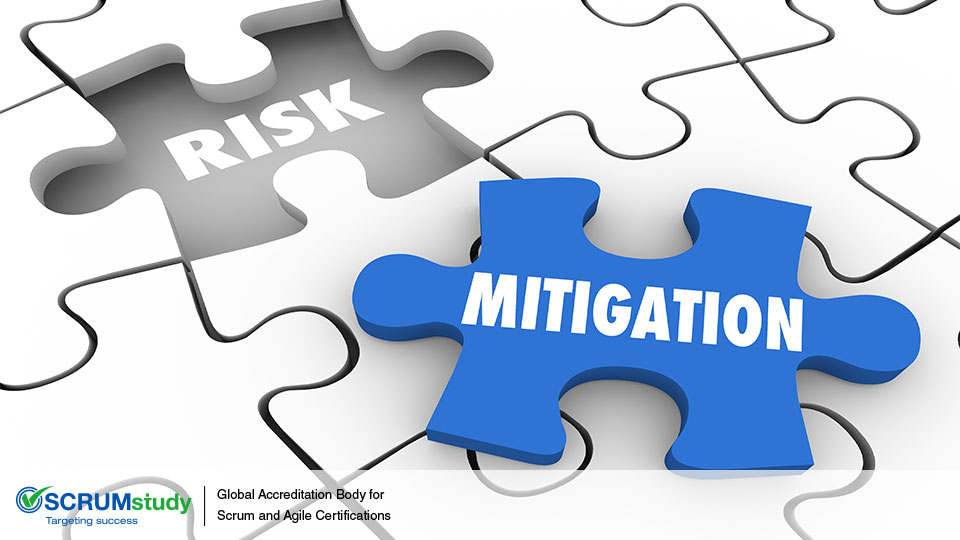Scrum Agile Communication Channels
Posted by SCRUMstudy® on July 04, 2024
Categories: Agile SBOK® Guide Scrum Scrum Master Scrum Principles
Scrum Agile communication channels at SCRUMstudy are designed to foster collaboration and knowledge sharing among Agile practitioners worldwide. With the largest LinkedIn group dedicated to Scrum, SCRUMstudy provides a vibrant platform where professionals can engage in discussions, share insights, and stay updated on industry trends. This community-driven approach ensures that members have access to a wealth of resources, from best practices to real-world experiences, enhancing their proficiency in Agile methodologies and facilitating continuous learning and improvement in Agile project management.
Agile leadership tips emphasize the importance of fostering a collaborative and adaptive environment within Agile teams. Effective Agile leaders prioritize clear communication, transparency, and trust-building among team members. They promote servant leadership by supporting team autonomy, removing obstacles, and enabling continuous improvement through regular retrospectives.
In conclusion, adopting Agile project management practices through SCRUMstudy can significantly enhance an organization's ability to respond to change, improve team collaboration, and deliver superior results. By embracing the principles of flexibility, continuous improvement, and customer-centricity, businesses can navigate the complexities of modern projects with greater efficiency and effectiveness. Agile methodologies not only streamline processes but also empower teams to achieve their full potential, driving innovation and ensuring that project outcomes align closely with stakeholder expectations. Embracing Agile with SCRUMstudy is a strategic move towards sustained success and operational excellence.
Scrum Agile Communication
Posted by SCRUMstudy® on June 17, 2024
Categories: Agile Agile Frameworks Product Owner Scrum Master Scrum Team
Scrum Agile Communication is a fundamental component of successful Agile project management, fostering collaboration, transparency, and alignment among team members and stakeholders. The guide emphasizes the importance of clear, timely, and effective communication throughout the project lifecycle, enabling teams to navigate complexities and mitigate risks efficiently. Through techniques such as daily stand-up meetings, sprint reviews, and retrospectives, the SBOK™ Guide provides a structured framework for facilitating open dialogue, sharing progress, and addressing challenges in real-time. Moreover, the guide underscores the significance of adapting communication styles and channels to suit the diverse needs of team members and stakeholders, ensuring that information flows seamlessly across organizational boundaries. By embracing the principles outlined in the SBOK™ Guide, teams can cultivate a culture of trust and collaboration, empowering them to deliver value-driven solutions that meet or exceed stakeholder expectations. Ultimately, Scrum Agile Communication serves as a cornerstone of Agile project success, enabling teams to navigate complexities with confidence and
Risk Prioritization
Scrum allows for quick identification and assessment of risks. Identified Risks are taken into account when creating a Prioritized Product Backlog during the Create Prioritized Product Backlog process, or when we update the Prioritized Product Backlog during the Refine Prioritized Product Backlog process—so a Prioritized Product Backlog could also be referred to as a Risk Adjusted Prioritized Product Backlog.
The risks could be identified and assessed based on any of the Risk Identification and Risk Assessment techniques mentioned earlier. In the Create Prioritized Product Backlog or Refine Prioritized Product Backlog processes, the prioritized User Stories from the existing Prioritized Product Backlog and the prioritized list of risks are then combined to create an updated Prioritized Product Backlog which includes the Identified Risks:
Steps for updating a Prioritized Product Backlog with Identified Risks:
1. Create a list of prioritized risks. (e.g., the risks can be prioritized by value using Expected Monetary Value technique).
2. Select those Identified Risks that can be mitigated; and for which the team decides to take specific risk action during the Sprint to mitigate such risks.
3. Create a list of User Stories in the Prioritized Product Backlog, which are prioritized by value (e.g., the value of each User Story may be evaluated based on its expected Return on Investment).
4. Combine lists in step 2 and step 3 and prioritize them by value to arrive at the Updated Prioritized Product Backlog.
Risk Communication
Because business stakeholders have an interest in the project, it is important to communicate with them regarding risks. Information provided to business stakeholders related to risk should include potential impact and the plans for responding to each risk. This communication is on-going and should occur in parallel with the four sequential steps discussed thus far—risk identification, assessment, prioritization and mitigation. The Scrum Team may also discuss specific risks related to their Tasks with the Scrum Master during Daily Standup Meetings. The Product Owner is responsible for the prioritization of risks and for communicating the prioritized list to the Scrum Team.
An important tool which can be used for communicating information related to risks is the Risk Burndown Chart.


